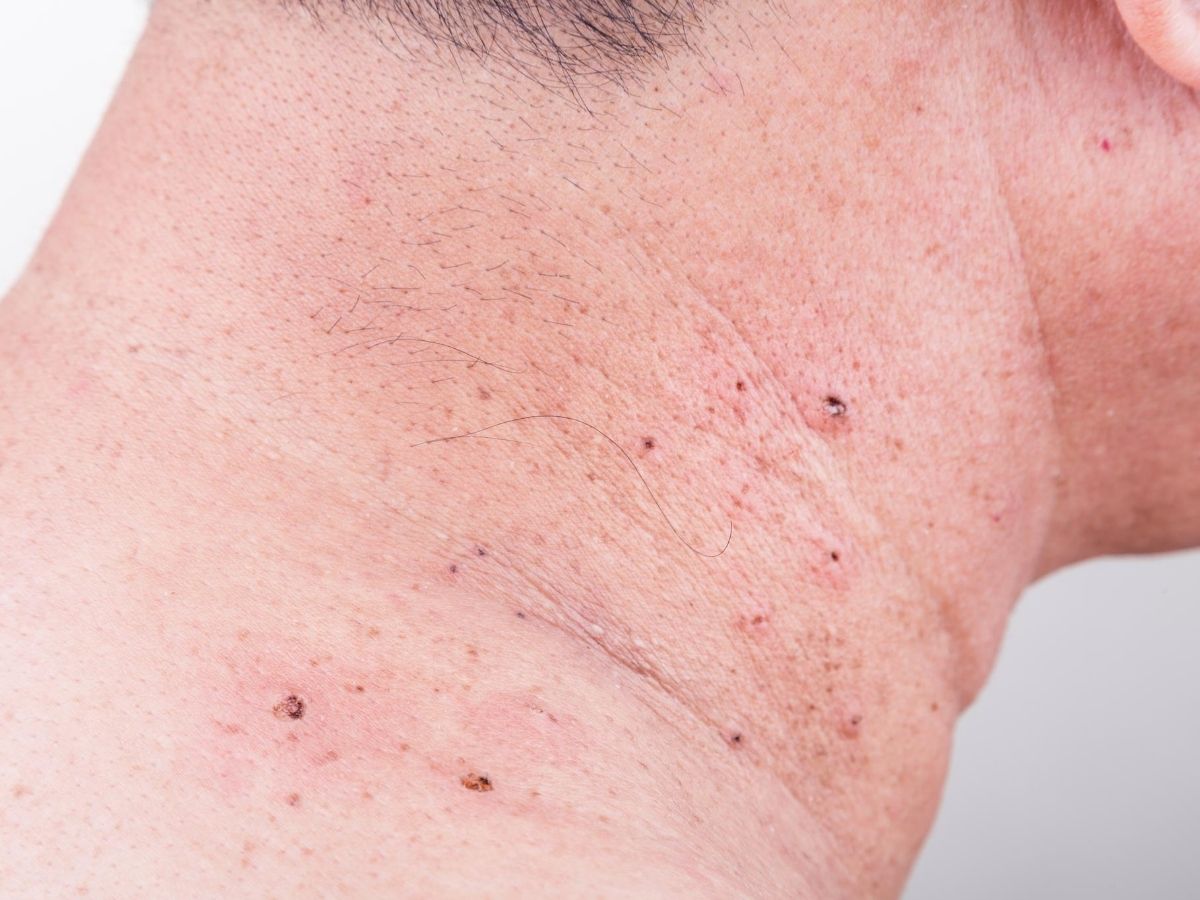Skin Grafting

A skin graft may be used to cover skin that has been damaged and/or is missing. This surgical procedure involves removing healthy portions of skin from one part of the body to restore normal appearance and/or function to another portion of the same body. The place where the skin is removed is called the donor site.

When is skin graft surgery used?
There are several reasons a patient may need skin grafting, including the following:
- Infection in an area has caused a large amount of skin loss.
- Burns
- For cosmetic reasons or reconstructive surgeries where there has been skin damage or skin loss.
- Skin cancer surgery
- Surgeries that need skin grafts to heal.
- Venous ulcers, pressure ulcers, or diabetic ulcers that do not heal.
- Very large wounds.
- When a surgeon is unable to close a wound using stitches.
- A skin graft is used to permanently replace damaged or missing skin or to provide a temporary wound covering. This covering is necessary because the skin protects the body from fluid loss, aids in temperature regulation, and helps prevent disease-causing bacteria or viruses from entering the body.
Healing and Recovery
The recovery time for skin graft surgery depends on the extent of tissue loss. Full-thickness grafts require longer recovery times—wearing a dressing for one to two weeks, protecting the graft from any trauma for three to four weeks, and possibly physical therapy. Most skin grafts are successful. For those that do not heal well, a second graft may be needed.
